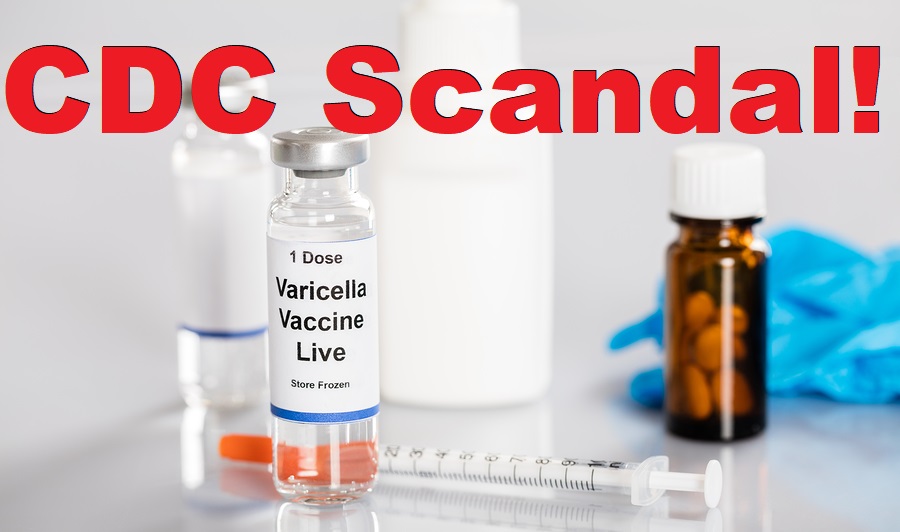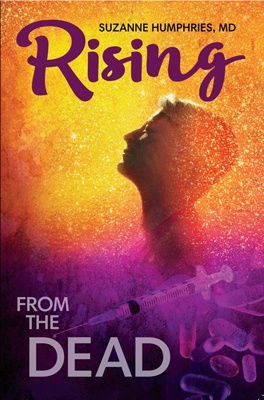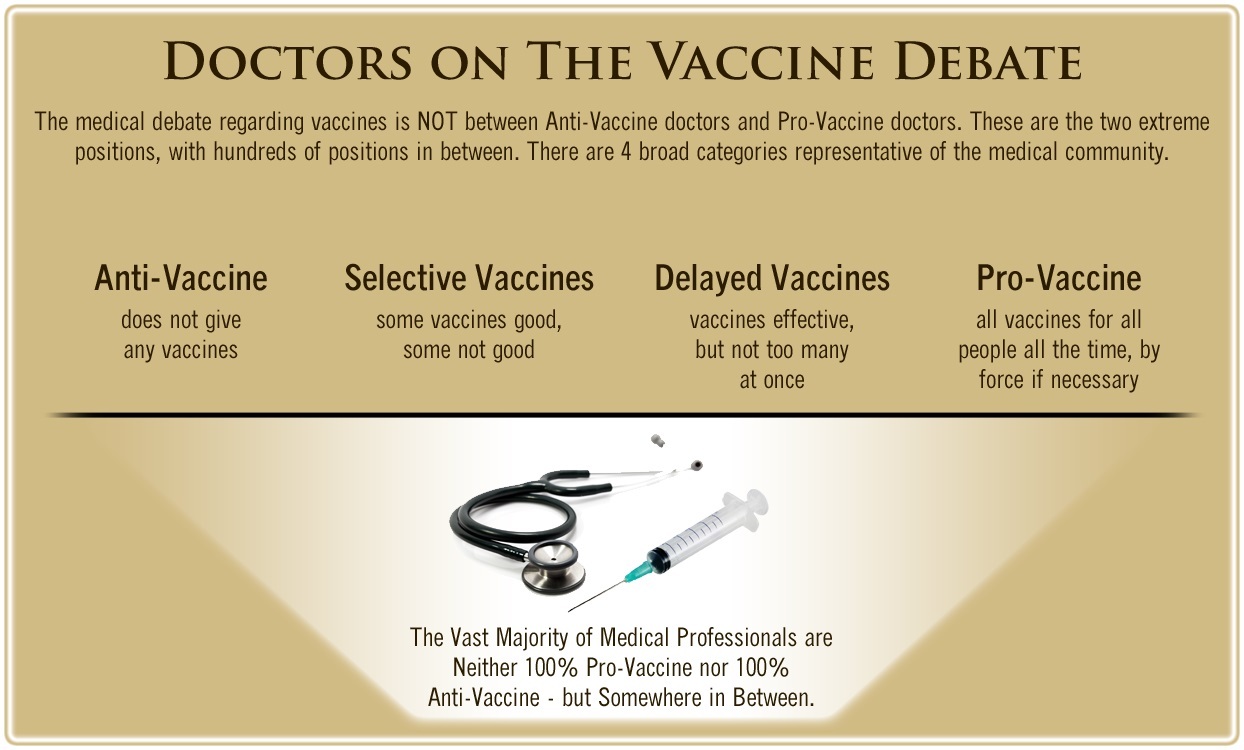
The Varicella Vaccine, Skyrocketing Shingles and CDC Chicanery
by the World Mercury Project Team
“Collusion” is the word du jour, and the practice’s very characteristics—deception, fraud, misrepresentation and secrecy—often prevent collusive acts from coming to light.
In the scientific research community, would-be deceivers draw on a variety of tricks to slant their message, including manipulating data, employing other questionable research practices, not disclosing conflicts of interest, harassing whistleblowers and engaging in outright censorship.
The Centers for Disease Control and Prevention (CDC) is no stranger to any of these tactics, but eventually, as Shakespeare once predicted, the “truth will out.”
Critics and senior scientists, in growing numbers, have been pulling back the veil on the CDC’s unethical modus operandi, arguing that questionable practices have become “the norm and not the rare exception.”
Adding to this emerging picture of a public agency captive to “rogue interests,” a March 2018 article in the Annals of Clinical Pathology describes CDC’s suppression of inconvenient research findings pertaining to its Universal Varicella Vaccination Program.
The author, an independent computer scientist, outlines in morbidly fascinating detail the “collusion” between CDC and its local public health partner to conceal unwanted chickenpox vaccine outcomes from the public.
One Virus, Two Diseases
Prior to the 1990s, natural chickenpox (caused by the varicella zoster virus) was a nearly universal childhood experience and, in children with normal immune systems, played out as a mild disease that conferred long-term immunity.
In 1995, without any compelling medical reason to do so, the CDC added the chickenpox vaccine to the childhood vaccine schedule for 12- to 15-month-olds. In 2006, acknowledging the problem of waning vaccine effectiveness, it indicated that four- to six-year-old children needed to get a second (booster) shot.
Following natural chickenpox infection, the virus remains latent in the body. If reactivated later in life (usually in immunocompromised adults), the virus resurfaces in the form of shingles (herpes zoster or HZ).
Before introduction of the vaccine, the high prevalence of natural chickenpox in communities served to hold shingles in check for most adults by regularly boosting a type of immunity called cell-mediated immunity.
In fact, a 2002 study showed that exposure to natural chickenpox in adults living with children “was highly protective against [herpes] zoster.”
Those authors cautioned that mass chickenpox vaccination was likely to cause a major shingles epidemic and predicted that shingles would affect “more than 50% of those aged 10-44 years at introduction of vaccination.”
Before and after introduction of the vaccine, researchers also warned of the vaccine’s potential to shift the average age of chickenpox infection upward—a problematic scenario given that chickenpox is more severe in adults—while shifting downward the average age at which shingles occurs.
From Predictions to Reality
The Annals author was hired as a research analyst in 1995 by the Los Angeles Department of Health through the CDC-funded Varicella Active Surveillance Project.
For reasons specific to the project’s self-contained geographic locality, the project benefited from unusually high-quality data and “uninterrupted and stable data collection.”
Thus, the research analyst found himself ideally positioned to monitor the rollout of the chickenpox vaccination program from its inception and assess its outcomes—both positive and negative.
Initially, his sole mandate was to analyze varicella data. In 2000, however, after anecdotal reports began trickling in from school nurses about “unexplainable increases in the number of cases of HZ…among school-aged children,” the analyst persuaded the CDC to add active surveillance of shingles to his duties.
In short order, this dual surveillance effort revealed two clearly negative consequences of the varicella vaccination program:
- Widespread chickenpox vaccination had “accelerated the recurrence of shingles in children who had had natural chickenpox” to rates higher than those published “in any historical study.” Previously, “such high HZ incidence rates were…associated with older adults, not children.”
- The mass varicella vaccination program also had “increased the likelihood of shingles recurrence in adults.”
Neither finding was palatable to the public health agencies eager to publicize their vaccination program as an unmitigated success.
Obfuscation and Malfeasance
From this point until the analyst quit in disgust in 2002, the CDC either sat on or out-and-out forbade publication of any studies “suggesting negative findings or deleterious effects,” engaging in at least 23 distinct actions “contributing to obfuscation and malfeasance.”
In one nonsensical attempt to “bury” the findings, the project investigators “simply and spuriously argued that the [surveillance project] did not provide a suitable platform for which to study HZ incidence rates.”
When the analyst refuted this argument, the agencies sought to statistically mask the unwanted findings.
For example, they improperly averaged shingles rates across the two very different subgroups of children (vaccine recipients and children who had previously had natural chickenpox) to hide the spike in shingles in the second group.
The CDC and local health department also went after the research analyst, both before and after his employment with them. Actions included:
- Directing him “not to pursue further analysis of trends in HZ cases”
- Denying him permission to contact individuals who had reported a second recurrence of shingles within a year of their first reported case
- Attempting to discredit him through ad hominem attacks
- After his resignation, serving notice “to ‘cease and desist’ publication in a medical journal when he sought to objectively publish all of the data and results” and pressuring journal editors to postpone publication.
Hollow Promises
More than two decades into universal chickenpox vaccination in the U.S., the program’s early promises ring hollow.
Instead, the Annals author makes a compelling case that the program has resulted in a “fabricated cycle of disease and treatment” that has a substantial health care cost burden and is “causing distress” to vaccine recipients—and non-recipients—of all ages.
Elsewhere, the author quoted a parent whose daughter received the varicella vaccine at age four (having never had natural chickenpox) and then had recurrent and painful episodes of shingles at ages 13 and 16; the parent expressed regret for “a dangerous vaccine with awful side effects that stay with you for a lifetime…far worse than chickenpox in one’s youth.”
Case reports likewise refer to “vaccine-strain zoster severe enough to cause neurological complications such as meningitis or encephalitis” in healthy children.
Recently, Italian scientists suggested that routine varicella vaccination programs may have “perverse public health implications” due to the “intrinsically antagonistic” dynamic between chickenpox and shingles.
Likewise, an agency—the CDC—that is in charge of promoting vaccine uptake while being tasked with vaccine safety at the same time has an inherent conflict of interest that does not serve the public.
Over a decade ago, a Nature editorial discussed parents’ declining confidence in vaccine safety and concluded that there was a “strong case” to be made for establishing “a well-resourced independent national agency that commands the trust of both the government and the public in matters of health protection.”
Johns Hopkins University researchers similarly called for an independent National Vaccine Safety Board separate from the CDC or any branch of government in order to “ensure optimal vaccine safety.” It’s high time to follow through on those vital recommendations.
Read the full article at WorldMercuryProject.org.
Leaving a lucrative career as a nephrologist (kidney doctor), Dr. Suzanne Humphries is now free to actually help cure people.
In this autobiography she explains why good doctors are constrained within the current corrupt medical system from practicing real, ethical medicine.
One of the sane voices when it comes to examining the science behind modern-day vaccines, no pro-vaccine extremist doctors have ever dared to debate her in public.
Medical Doctors Opposed to Forced Vaccinations – Should Their Views be Silenced?
One of the biggest myths being propagated in the compliant mainstream media today is that doctors are either pro-vaccine or anti-vaccine, and that the anti-vaccine doctors are all “quacks.”
However, nothing could be further from the truth in the vaccine debate. Doctors are not unified at all on their positions regarding “the science” of vaccines, nor are they unified in the position of removing informed consent to a medical procedure like vaccines.
The two most extreme positions are those doctors who are 100% against vaccines and do not administer them at all, and those doctors that believe that ALL vaccines are safe and effective for ALL people, ALL the time, by force if necessary.
Very few doctors fall into either of these two extremist positions, and yet it is the extreme pro-vaccine position that is presented by the U.S. Government and mainstream media as being the dominant position of the medical field.
In between these two extreme views, however, is where the vast majority of doctors practicing today would probably categorize their position. Many doctors who consider themselves “pro-vaccine,” for example, do not believe that every single vaccine is appropriate for every single individual.
Many doctors recommend a “delayed” vaccine schedule for some patients, and not always the recommended one-size-fits-all CDC childhood schedule. Other doctors choose to recommend vaccines based on the actual science and merit of each vaccine, recommending some, while determining that others are not worth the risk for children, such as the suspect seasonal flu shot.
These doctors who do not hold extreme positions would be opposed to government-mandated vaccinations and the removal of all parental exemptions.
In this article, I am going to summarize the many doctors today who do not take the most extremist pro-vaccine position, which is probably not held by very many doctors at all, in spite of what the pharmaceutical industry, the federal government, and the mainstream media would like the public to believe.







One Comment